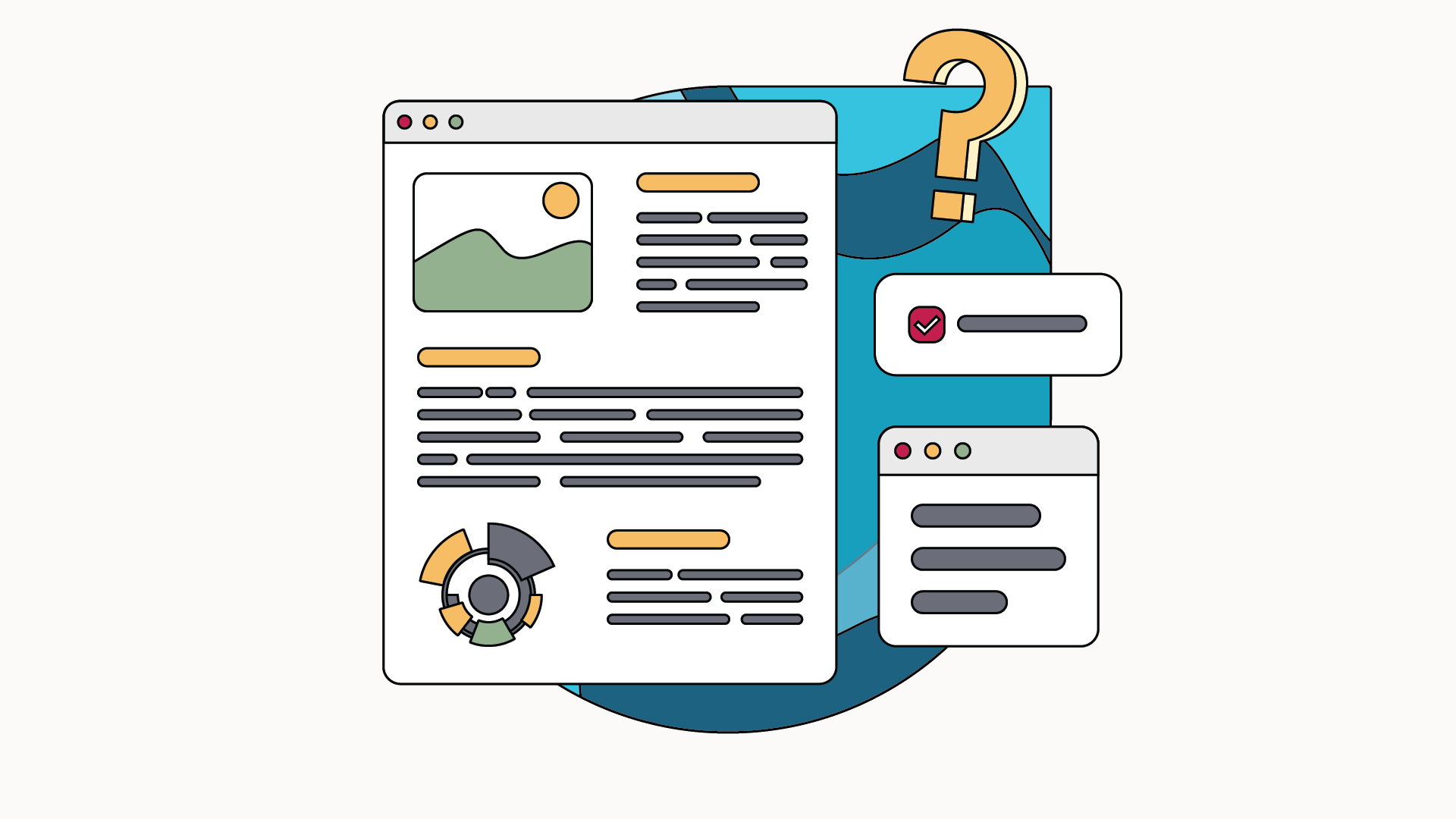How to guarantee the sustainability of the information retained during the apprenticeship? By drawing inspiration from neuroscience and the repetition of uses that promotes memory anchoring.
For information to be remembered, it must be repeated over time, according to a law called the forgetting curve. In order to fight against this curve, it is necessary to work on memory anchoring when developing training plans. This pedagogy promotes the lasting memorization of the information learned and is perfectly adapted to theoretical learning. The solutions of microlearning also rely on this principle to increase the rate of remembering information in their programs.
What is it about?
Hermann Ebbinghaus, a 19th century German philosopher, was the first to be interested in memorization process during his work on the experimental psychology of learning. His studies have shown that learning is forgotten over time, and exponentially. If learning is not repeated, we forget more than 80% of the information just one month after acquiring it.
This discovery by Herman Ebbinghaus marked the beginning of the fight against forgetting and many scientists subsequently worked on the functioning of memory mechanisms.
This research has made it possible to better understand memory anchoring and therefore the improvement of training and learning.
Memory anchoring and microlearning
In traditional training courses, 20% of the information provided is generally retained. Learners end up collapsing under the weight of distilled knowledge and the training program progressively loses effectiveness.
To maintain learners' attention, it may be interesting to opt for a hybrid system that will combine knowledge and skills acquisition. The association of memory anchoring and microlearning in courses of Blended Learning makes it possible to sustainably optimize the anchoring of information.
Social learning also promotes memory anchoring
Humans are social beings, so they will be nourished by interactions with their personal and professional environment. Like a baby who smiles by imitating his parents, we will acquire knowledge by using our mirror neurons that allow us to reproduce actions that we have observed.
According to Albert Bandura, we learn through our environment through observation, imitation, and modeling. The presence of others in a group thus reinforces learning outcomes. In other words, adding a social aspect to the training will optimize memory anchoring.
Adaptive learning to maintain motivation
Each person has their own approach to learning: we don't all learn in the same way or with the same level of effort. Thus, some people will be more involved and motivated by training. Since motivation plays a key role in the success of learning, it is necessary to modify the training course according to the needs of the learner in order to keep his motivation intact and thus optimize the memory anchoring.
THEAdaptive learning and neurosciences thus offer learners the opportunity to benefit from tailor-made training, to be followed according to their pace, level and objectives.




